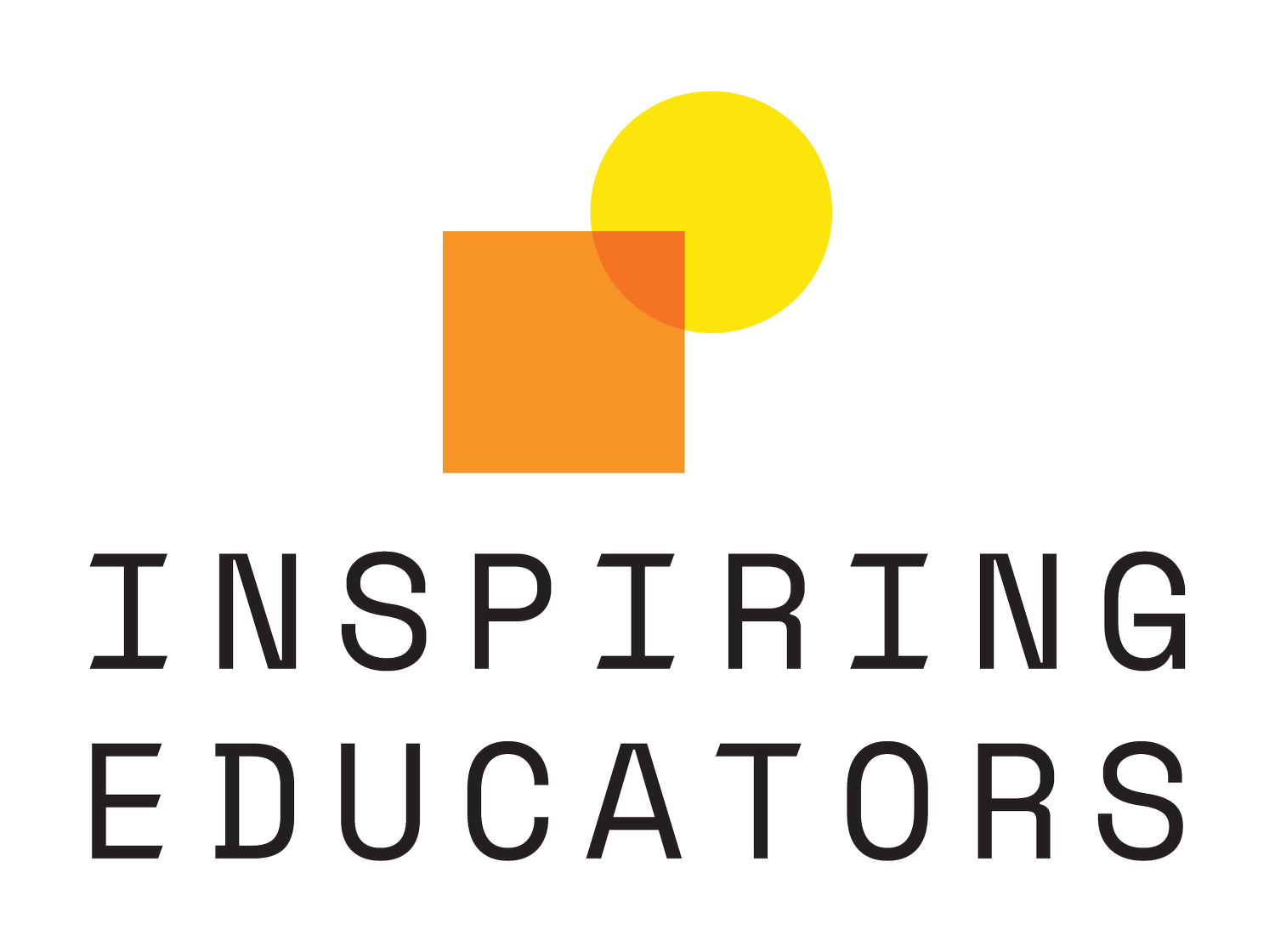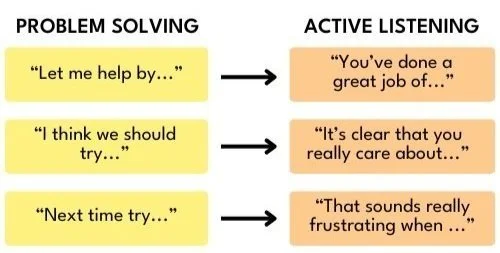LISTENING: AN ESSENTIAL TOOL FOR BUILDING RELATIONSHIPS
/“I’m glad I understand that while language is a gift, listening is a responsibility.”
— Nikki Giovanni
HOW YOU LISTEN MATTERS
In our work helping leaders to communicate with staff, families, and other stakeholders during times of crisis, we start by focusing on the foundational need to build strong, trusting relationships. We recognize that many of these inspiring leaders have gotten to where they are in leadership because they are systems thinkers and excellent problem solvers. In fact, great school leaders are frequently identified as the ESTJ Myers-Briggs personality type, a.k.a “The Executive”.
And because so many leaders tend to be natural problem solvers, they tend to listen through the lens of “how can I put out this fire?”. As they listen, their minds focus on finding, defining, and analyzing the speaker’s problem in order to help solve it.
However, when leading their teams and communities through turbulent times, leaders need to be able to differentiate between two different types of listening:
listening for problem-solving
listening for relationship-building
SHIFTING HOW YOU LISTEN
Here’s the trouble: problem-solving alone does not develop strong relationships when the listener is only solution-oriented. Identifying effective solutions is what most leaders do well, but the key is to understand why you are listening. To be sure-– the world needs problem-solvers, and we applaud leaders with this strong skill-set.
Yet, in order to build meaningful relationships, it is essential to listen as a fellow human being and colleague, and temporarily power down problem-solving mode.
Leaders can leverage listening as a way to earn trust and to more holistically understand the people in their community and what motivates them. There are real, tangible ways you can leverage an instance of a member of your team coming to you as an opportunity to deepen the relationship and build trust.
Before helping your team member strategize or find a solution, consider listening for...
1. LISTENING FOR STRENGTHS — If a teacher comes to you sharing how they had confronted another teacher, who is a good performer but interpersonally acts arrogant and aggressive, instead of jumping in to help them strategize to resolve the conflict, you can first say: “I can really see the courage it took for you to take a stand and express how you felt about their actions.”
2. LISTENING FOR VALUES — If you’re talking to someone on your team who is revamping curriculum initiatives, instead of immediately starting to solve the problem of underrepresentation in history books, you can say: “I really hear that you value telling the truth about marginalized people’s histories, and including role models for all students!"
3. LISTENING FOR EMOTIONAL CONNECTION — When the colleague above from (Listening for Strengths) is sharing their problem, it is important to be authentic and acknowledge their feelings of frustration or uncertainty. You might say: “This situation sounds really frustrating/tough/upsetting.”
When the leader from the above example (Listening for Values) is sharing their new idea, rather than finding what’s wrong with it or talking about implementation challenges immediately, you can say: “That’s so exciting – I love when you share your creativity”
Thinking forward, consider this: Investing in building relationships now will actually help you more effectively solve problems later. When your team trusts one another, you are sure to be stronger in the face of future challenges.
Leaders, teachers, staff and the broader community are working so hard amidst global, national, and local trauma. And... the most tangible issues you can address as a leader are interpersonal, and start with providing empathetic support!















